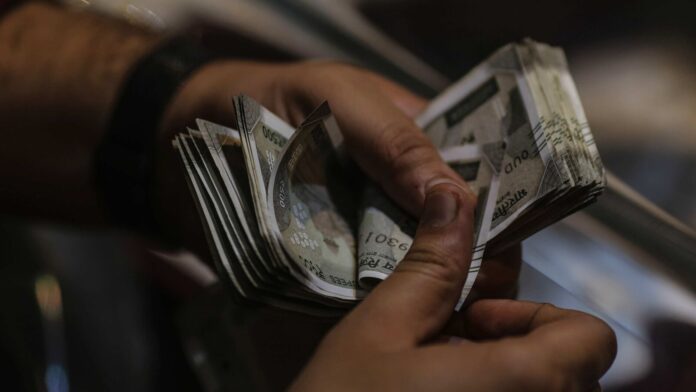This is different from the stance RBI took during the pandemic, which was to do everything to protect growth. But that was a black swan event, and using the same logic today, when the economy is cruising along well after registering a high growth rate of 8.2% in 2023-24, may be misplaced.
Conceptually, when interest rates are high, companies borrow less, which slows down investment. That’s what policy is supposed to do. However, in practice, it is not that simple. Companies invest when they see business opportunity and capacity utilization rates matter more.
If there is vibrant demand, higher interest rates will not be an impeding factor for investment. In fact, for non-financial companies, interest cost as a proportion of turnover is just 3-4%; and is lower than the share of power expenses or promotion and distribution costs. Hence, just as how higher raw material prices do not get in the way of production, provided there is demand, interest costs do not.
When investment decisions are taken, companies work out their return on capital based on future revenue streams adjusted for costs and compare them with the market rate of interest. Higher costs get transmitted to final prices when conditions are good, as is the case presently. Now, in the traditional world, when interest costs were fixed, this equation was relevant.
Today, all rates are pegged to either an external benchmark lending rate (EBLR) or the marginal cost lending rate (MCLR), which are reset periodically by lenders. The current rate of interest cannot be the benchmark used, as a loan for say five years will see its pricing vary across the length of this tenure, depending on the environment.
Interestingly, for the quinquennium ending 2014-15, which was around the time when bad loans cropped up as a big issue, bank credit growth was robust even though interest rates denoted by the weighted average lending rate on fresh loans ranged from 10-12% during the period. Hence, there is room for discussion on the link between the repo rate and GDP growth.
The school that is for repo-rate reduction also points to the fact that the absolute number is very high. The central bank rate in India cannot be compared with that in other countries such as the US or Eurozone because it has to be seen in the context of the prevailing inflation rate.
In India, the central inflation target has been set at 4%, while it is generally closer to 2% in Western economies. The reason is that headline inflation in India is swayed dramatically by food prices, due to heavy dependence on monsoon rains as well as pricing policies of the government. But the basic question is whether or not RBI’s repo rate is high in nominal terms.
Historically, the repo rate has tended to be high in India. For example, for the 60 months preceding the beginning of the pandemic, when the repo rate was lowered to 4%, its average was 6.28%. If the period is stretched back to 2012 for 98 months, it was 6.90%. Once the rate was lowered to 4%, however, a downward bias took effect, and the last 51 months averaged 5.1%, as the rate was pegged at 4% for 24 successive months.
A different picture emerges when we look at the real interest rate, calculated as the difference between the repo rate and CPI inflation rate for that month. The differences are interesting. For the five years preceding the pandemic, the real repo rate averaged 2%. This was higher than the average of 1% for the 98 months starting January 2012.
But when the pandemic period starting March 2020 is considered up to May 2024, the real repo rate averages -0.81%. And finally, the average real repo rate for the period when RBI kept it unchanged at 6.5% for 16 months was 1.12%.
Some conclusions may be drawn from this data. First is that the repo rate appears to be at a fair level in nominal terms. Ideally, for a country like India, a range of 6-6.5% is what can be expected under normal conditions. If inflation can be sustained at low levels of around 4% for a year or so, then 5.5-6% could be a range to expect.
Second, the real repo rate is still on the lower side at around 1%, and unless inflation comes down substantially on a durable basis, it would be hard to argue for a rate cut based on this argument.
Third, the crux will be India’s inflation path in the coming months. Will we actually see CPI inflation stay durably in the vicinity of 4%? In the last 150 months, it was above 5% in 93 months, while it was between 4% and 5% on 28 occasions.
In 29 months, it was less than 4%, a period during which it was concentrated in 2017-18 and 2018-19. If the central bank is looking at inflation of 4.5% in 2024-25, with food inflation still a major concern today, assuming a smooth glide path would be tricky.
The country’s inflation pattern is pertinent because the RBI monetary policy committee’s official charter is to target inflation at 4% within a band of 2% on both sides. Growth is not the panel’s mandate and hence inflation control should logically be the single most important goal for policy.
These are the author’s personal views.
#Repo #debate #Cheaper #credit #doesnt #spell #faster #GDP #growth
